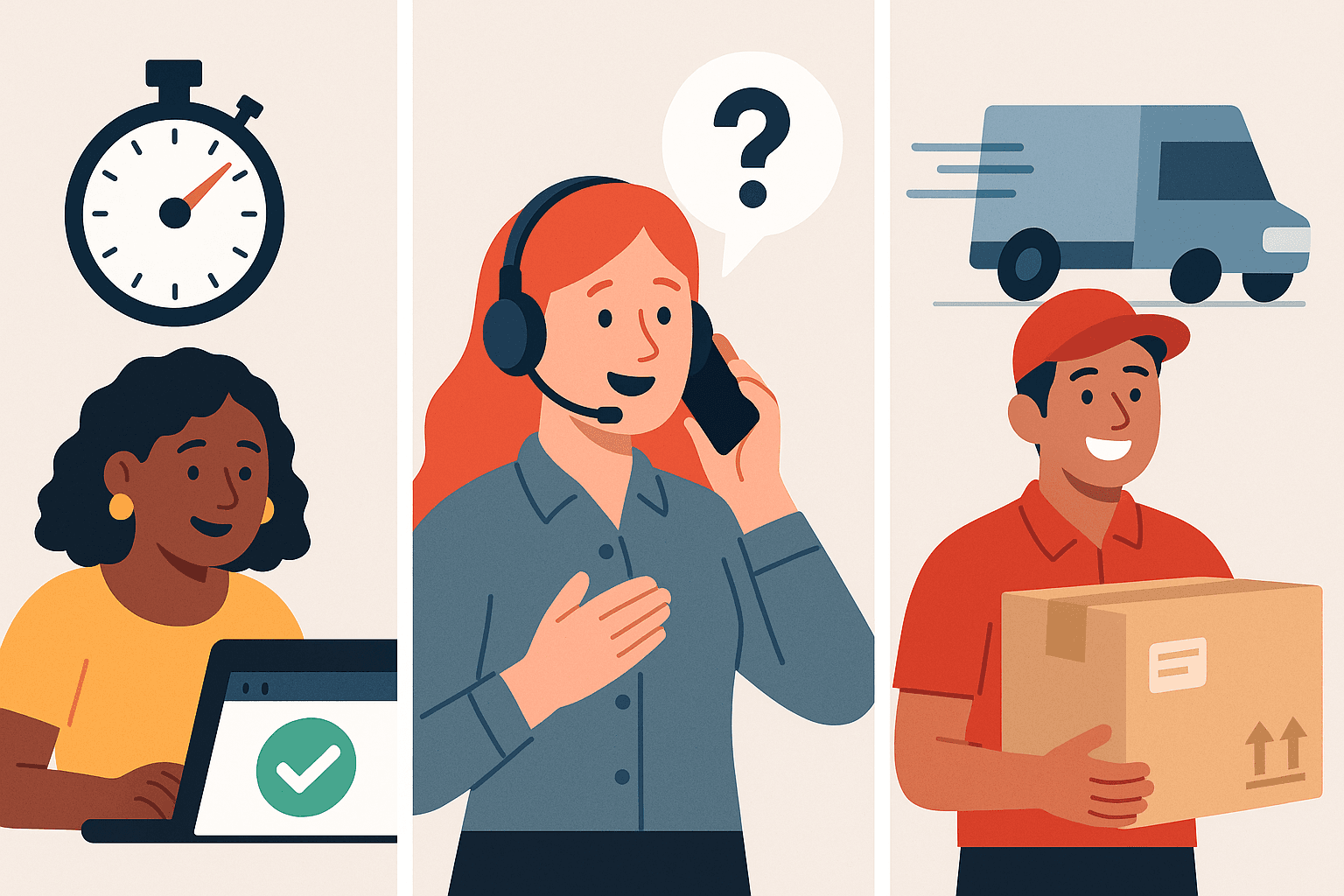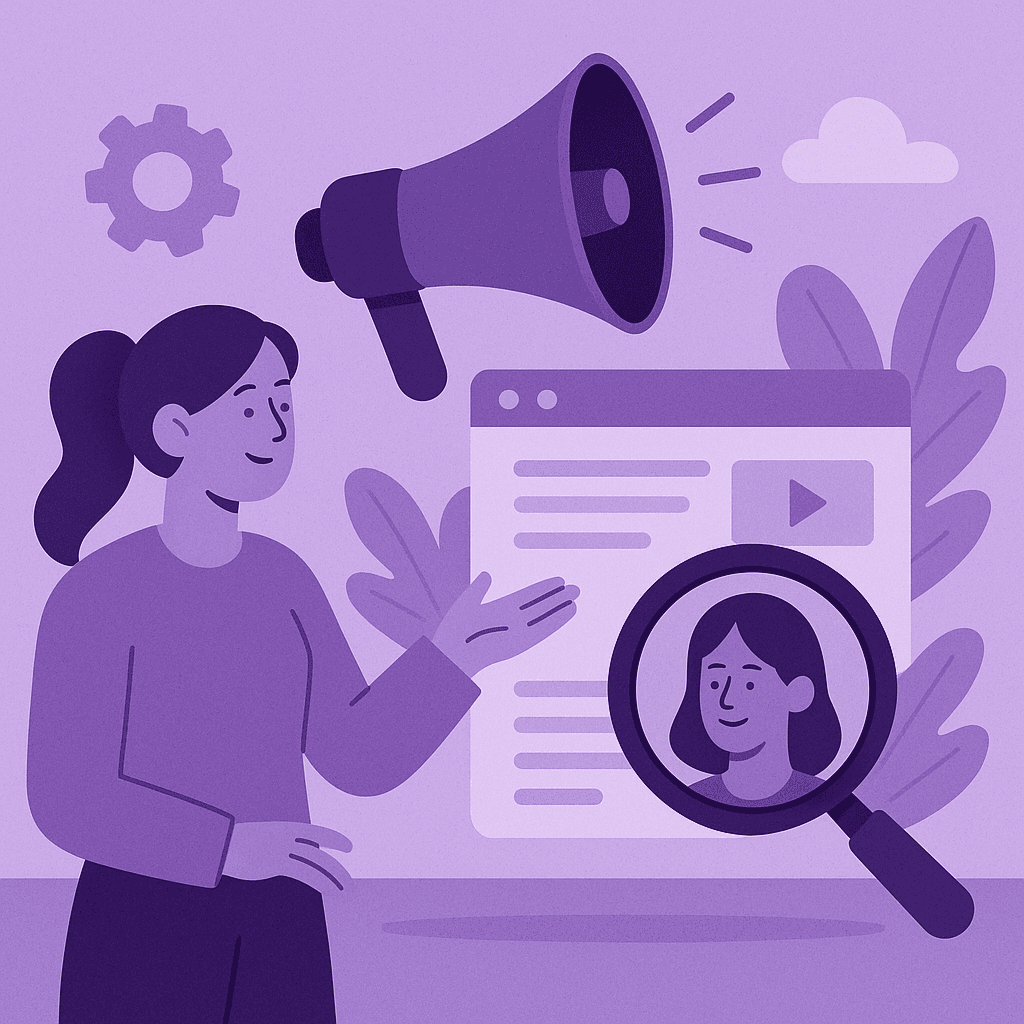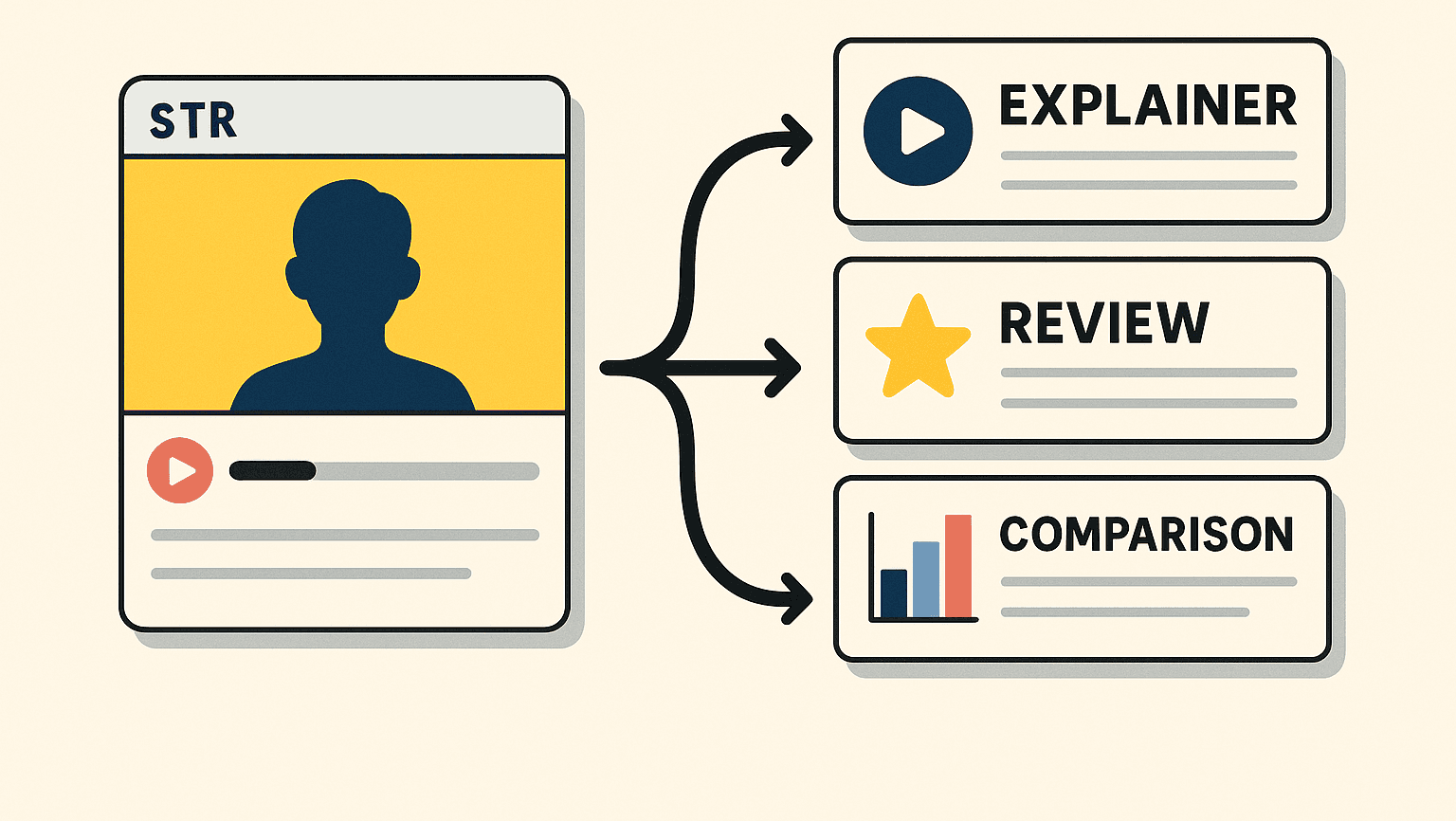Personalization That Pays: The Plays That Actually Move Customers

TL;DR
- Leaders personalize moments, not demographics. Context and intent signals beat static personas.
- Focus on a handful of high-impact journeys. Small, smart moves in key moments create outsized lift.
- Measure lift, not noise. Holdouts and causal tests show what really changes behavior.
Why This Matters Now
Marketers have been sold a dream of “hyper-personalization.” The idea that if you collect enough data — shoe size, breakfast cereal, pet’s zodiac sign — you can whisper the perfect message into every customer’s ear.
Except… most people don’t want to be whispered to. Especially by a brand that’s still sending them “Hi [FIRSTNAME]” emails.
The truth is simpler and saner: personalization works best when it feels like empathy, not surveillance.
The brands that get results aren’t stalking — they’re paying attention. They know when a shopper’s trying to decide between options, when a user’s hesitating at checkout, or when a customer’s looking for reassurance before hitting “renew.”
Those moments are where personalization pays off.
From “Creepy” to “Caring”
The biggest myth in marketing right now is that more data equals better personalization.
In reality, more data often equals more noise.
Half the signals you collect never get used, and the other half just make your dashboards look fancy while your conversion rate refuses to budge.
What works instead?
- Focus on intent and timing: what is the person trying to do right now?
- Respect boundaries: you don’t need to know their life story, just their current goal.
- Offer useful nudges, not eerily specific predictions.
Imagine your brand as a helpful shop assistant — not the one who follows customers around the store, but the one who shows up just when they actually need help finding the right size.
The 3 Personalization Plays That Actually Move Customers
1. Personalize the Moment, Not the Profile
Forget demographics. A 25-year-old in Dubai and a 55-year-old in Nairobi might both be searching “best laptop for travel.” Their needs align; their birthdays don’t.
Personalizing by context — query intent, time of day, device type, or page visited — beats any demographic segmentation. It’s real-time empathy.
Think of it like conversational marketing: you’re responding to the moment, not guessing at identity.
2. Focus on the Few Journeys That Matter Most
Most of your revenue comes from a handful of journeys — not 80 micro-segments with separate taglines.
Pick three:
- New visitors (discovery and trust)
- Returning shoppers (confidence and friction removal)
- High-intent buyers (clarity and convenience)
Design simple, data-backed personalization for those flows — messaging tweaks, recommended content, or dynamic CTAs that match intent.
Everything else? Nice-to-have, not need-to-do.
3. Test for Causality, Not Clicks
If you can’t prove your personalization changed behavior, it’s not personalization — it’s decoration.
Run holdout experiments: keep a small group unpersonalized and compare lift.
Look at incremental conversion, not vanity metrics like “personalized CTR.”
It’s like finding out whether your pep talk actually inspired your sales team, or they were just going to hit quota anyway.
What to Do This Month
-
Pick three customer journeys.
New, returning, and high-intent segments are a great start. -
Define decision moments.
What’s the hesitation point? Price, feature, risk, delivery? -
Ship two personalized variations per moment.
Test clear, contextual copy — not 20 ad versions that no one sees. -
Hold out audiences or geos.
Real lift beats dashboard delusion. -
Document learnings.
Write down what worked and why. Future-you will thank you.
Evidence & Caveats
BCG found that only about 20% of brands qualify as personalization leaders — and they capture double the revenue growth of laggards.
Their secret? Less complexity, more clarity.
They don’t obsess over having a perfect data lake; they build repeatable plays that turn insight into action.
And they align personalization with human needs:
- Reassurance at checkout
- Relevance in recommendations
- Recognition for loyalty
When those three are right, everything else — conversion, retention, advocacy — gets easier.
FAQs & Objections
“Don’t I need a massive tech stack?”
No. Start with your CRM and website analytics. You don’t need AI to personalize “thanks for coming back.”
“What if my team doesn’t have data science skills?”
Perfect. You’ll move faster without trying to boil the ocean. Start with qualitative insights from customer feedback and simple A/B tests.
“How do I avoid the creep factor?”
Ask: Would I find this helpful if it happened to me?
If not, it’s probably over-personalization disguised as a good idea.
The Bigger Picture
Personalization isn’t a science experiment. It’s a series of small, human acts that make customers feel seen — not studied.
It’s knowing that when someone abandons a cart, they might not need a 10% discount — they might just need a reminder that shipping’s free.
It’s remembering that behind every data point is a person making a decision, probably on a tiny screen, while half-distracted by life.
If you treat them like a dataset, you’ll get compliance.
If you treat them like a person, you’ll get conversion.
So keep it simple. Personalize what matters. Measure what works.
And if your strategy deck ever uses the phrase “micro-moment journey cluster,” take a deep breath — then delete that slide.
(Because personalization that pays doesn’t stalk people. It just helps them decide.)
Read similar content
References (1)
Similar topics

Speed Is a Feature: Site, Support, and Delivery That Convert
Operational speed—page loads, helpful support, clear delivery—now decides who wins the cart.

Loyalty That Changes Behavior (Not Just Points)
Design rewards and service advantages that make people act differently—return more, spend more, advocate more.

Creators as the New SEM: Build Searchable Trust, Not Just Impressions
When creators become media channels, brands win by making their content discoverable, trustworthy and measurable—not just viral.

Design for Stream→Search: Sequencing Content That Survives the Algorithm
Why brands need content ladders that move people from passive scrolling to active searching—and how to build sequences that compounding attention.